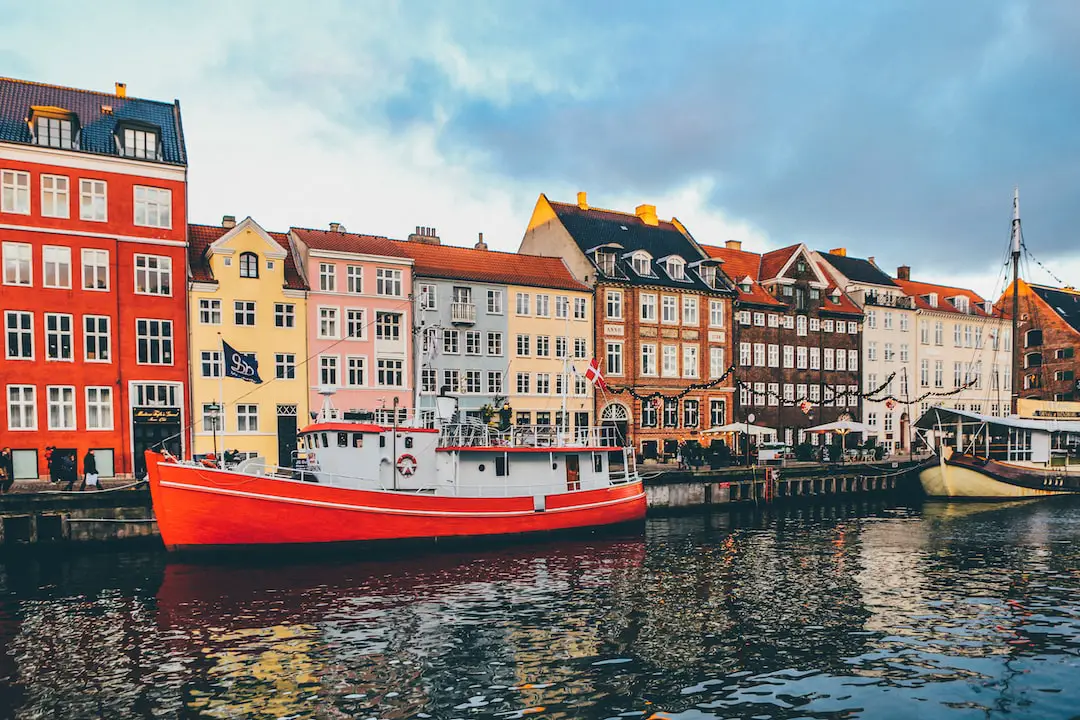
Copenhagen’s real estate market has undergone a remarkable transformation over the past decade. It’s been a whirlwind of change, with trends and patterns emerging that have reshaped the city’s skyline and the way locals and expats alike think about living in this vibrant capital. From the bustling city center to the serene suburbs, the shifts in the market have been nothing short of extraordinary.
The Rise of Residential Development
In the early 2010s, Copenhagen began to see a surge in residential development. New neighborhoods sprouted up, offering modern living spaces to accommodate the city’s growing population. Islands Brygge and Ørestad became hotspots for those seeking contemporary apartments with cutting-edge amenities. The demand for housing soared, and with it, property prices began their steady climb.
As a city known for its commitment to sustainability, Copenhagen’s new developments often featured green roofs, energy-efficient systems, and bike-friendly infrastructures. These eco-conscious choices resonated with residents, further fueling the market’s expansion.
Market Dynamics and Price Trends
By mid-decade, the market dynamics shifted. Interest rates hit record lows, making mortgages more affordable and enticing more buyers into the market. This influx of buyers drove prices up, creating a seller’s market where bidding wars became the norm. The average price of Copenhagen apartments saw a significant increase, making some areas particularly exclusive.
However, this uptick in prices didn’t deter investors. Both domestic and international investors saw the potential in Copenhagen’s market, snapping up properties for both rental and resale purposes. The city’s robust economy and stable political climate made it an attractive option for those looking to invest in real estate.
Regulatory Changes and Their Impact
As the decade progressed, the Danish government introduced new regulations to cool the market and ensure affordability. These included tightening mortgage lending criteria and implementing caps on rent increases. While these measures were met with mixed reactions, they played a crucial role in stabilizing the market and preventing a housing bubble.
These regulatory changes also encouraged developers to focus on creating more affordable housing options. As a result, the latter part of the decade saw a rise in co-living spaces and micro-apartments, catering to students and young professionals looking for budget-friendly living solutions.
Looking at the Luxury Segment
Despite efforts to increase affordability, the luxury segment of Copenhagen’s real estate market continued to thrive. High-end properties in districts like Frederiksberg and Hellerup remained in high demand. These areas, known for their grand old homes and exclusive atmosphere, became even more sought-after as the decade drew to a close.
Luxury developments weren’t just limited to residential properties. Copenhagen also saw the rise of upscale commercial spaces, with businesses vying for prime locations that offered both prestige and convenience.
FAQs
- How has the demand for sustainable living affected Copenhagen’s real estate market?
Sustainable living has become a significant selling point in Copenhagen, with many new developments incorporating eco-friendly features. This trend has attracted buyers who prioritize environmental consciousness, contributing to the market’s growth.
- What are some of the challenges facing Copenhagen’s real estate market?
Affordability remains a challenge, especially for first-time buyers. The government’s regulatory measures aim to address this, but the market still leans towards those with higher incomes.
- Is Copenhagen’s real estate market a good option for international investors?
Yes, Copenhagen’s stable economy and political climate make it an attractive option for international investors. The city’s ongoing development and strong rental market offer potential for solid returns.
Conclusion
Over the last decade, Copenhagen’s real estate market has seen a dynamic evolution. From the rise of residential development to the introduction of government regulations, the landscape has changed to meet the needs of a growing and diverse population. The market has matured, with a strong emphasis on sustainability and luxury living. Despite challenges like affordability, Copenhagen remains a beacon for investors and homebuyers alike, offering a unique blend of historical charm and modern convenience.
For those looking to dive into Copenhagen’s real estate market, the past decade has laid a foundation of growth and innovation. As we look to the future, the market shows no signs of slowing down. It’s an exciting time to be part of this ever-evolving cityscape, whether you’re buying your first home, investing in a rental property, or simply keeping an eye on the trends that shape this dynamic market.
With its rich history and forward-thinking approach to urban living, Copenhagen’s real estate market stands out as a shining example of how cities can adapt and thrive in the face of change. It’s a market that’s not just surviving but flourishing, promising opportunities for all who are willing to take part in its ongoing story.